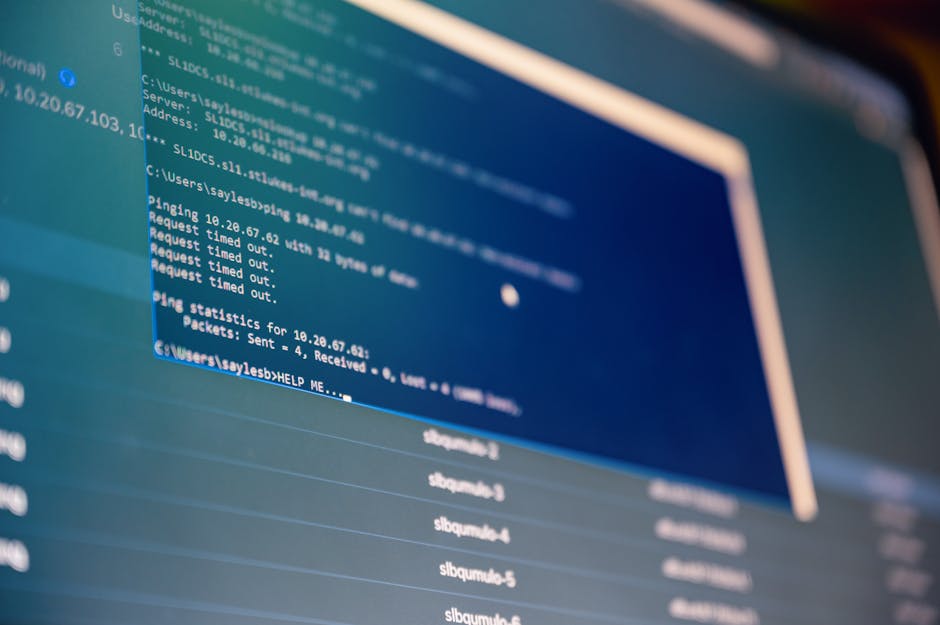LIMS (Laboratory Information Management System)
What is a LIMS system?
A LIMS system, also known as a Laboratory Information Management System, is a software designed to help laboratories manage samples, data, and workflows efficiently. It acts like a digital filing system where you can store and organize information related to lab activities. LIMS systems are used for tracking sample information, managing inventory, ensuring regulatory compliance, and improving overall productivity in a laboratory setting.
Benefits of using a LIMS system
LIMS systems help labs organize and track data efficiently. They streamline processes, reduce errors, and improve overall productivity. With a LIMS system, you can easily access and manage your lab’s information, ensuring better accuracy and compliance with regulations.
Industries that use LIMS
Various industries rely on LIMS, such as pharmaceutical, environmental, clinical research, food and beverage, and forensic laboratories. In these industries, LIMS streamline processes, organize data, and ensure regulatory compliance.
Key features of LIMS
LIMS, or laboratory information management systems, are software designed to help labs manage samples, data, and workflows efficiently. They offer features like sample tracking, data organization, inventory management, and quality control. With LIMS, labs can automate repetitive tasks, ensure data accuracy, and comply with regulations.
Choosing the right LIMS for your organization
When choosing the right LIMS for your organization, it’s essential to consider your specific needs and goals. List the features you require and prioritize them based on importance. Consider factors like the size of your organization, the volume of data you need to manage, and the level of customization you require. Take into account your budget constraints and the scalability of the LIMS for future growth. Research different LIMS options available in the market and don’t hesitate to reach out to providers for demos and more information. Ensure the LIMS you choose is user-friendly and offers adequate training and support for your team to adapt smoothly. Select a LIMS that aligns with your organization’s workflow and can integrate seamlessly with your existing systems for optimal efficiency.
Implementation process of LIMS
The implementation process of LIMS involves several key steps to ensure a smooth transition and successful integration within your laboratory. Here are the main components you need to consider during the implementation process:
Assessment: Begin by evaluating your laboratory’s specific needs and requirements to determine the best LIMS solution for your workflow.
Planning: Develop a comprehensive plan outlining the implementation timeline, goals, and resources required for the successful integration of LIMS.
Selection: Choose a LIMS system that aligns with your laboratory’s requirements and budget, considering factors such as scalability, user-friendliness, and regulatory compliance.
Customization: Work with the LIMS provider to customize the system to match your laboratory’s workflows and data management needs.
Training: Provide thorough training to your staff on how to use the LIMS effectively to maximize its benefits and streamline laboratory operations.
Testing: Conduct rigorous testing of the LIMS system to identify any potential issues or challenges before full deployment.
Deployment: Roll out the LIMS system in stages, starting with a pilot implementation before full deployment across the laboratory to ensure a smooth transition.
By following these steps and working closely with your LIMS provider, you can effectively implement a LIMS system that enhances efficiency, accuracy, and productivity in your laboratory.
Training and support for LIMS users
In LIMS, training is crucial for users to maximize its benefits. Proper support ensures smooth operation and problem-solving on the go. Users can expect both in-person and online training sessions to familiarize themselves with the system. Regular support is available via email, phone, or online chat to address any queries promptly. Training manuals and video tutorials are also often provided for easy reference.
Data security and compliance with LIMS
LIMS (Laboratory Information Management System) software is essential for maintaining data security and ensuring compliance with regulations. With LIMS, laboratories can securely store and manage their data, ensuring that sensitive information is protected from unauthorized access. Additionally, LIMS helps labs adhere to regulatory requirements by organizing and documenting data in a structured manner. Proper implementation of LIMS is crucial for labs to operate efficiently while meeting data security and compliance standards.
Integration of LIMS with other systems
Integrating LIMS with other systems can streamline laboratory operations and improve overall efficiency. By connecting LIMS with instruments, data systems, and other software, labs can achieve seamless data transfer and reduce manual errors. Key benefits of integrating LIMS with other systems include improved data accuracy, faster turnaround times, and enhanced productivity. This integration allows different systems to work together harmoniously, ensuring a smoother workflow and providing a more comprehensive view of laboratory processes.
Future trends in LIMS technology
LIMS technology is advancing rapidly, with some exciting future trends on the horizon. Here are some key developments to look out for:
- Increased integration with artificial intelligence and machine learning capabilities to streamline processes and improve data analysis.
- Enhanced mobile functionality, allowing users to access and interact with their data on-the-go.
- Implementation of cloud-based solutions for easier scalability and remote access.
- Improved cybersecurity measures to protect sensitive laboratory data from potential threats.
- Greater emphasis on user-friendly interfaces and customizable features to meet the diverse needs of laboratories.



